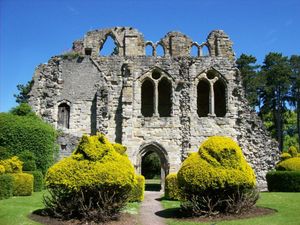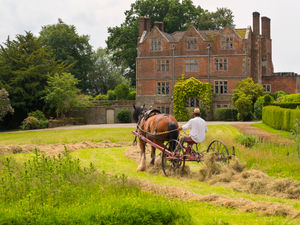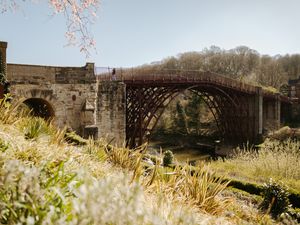Shropshire Day: Natural beauty and culture help county celebrate its own patron saint's day
Shropshire Day had an added reason for celebration this year - the county is benefitting from being named as one of Abta's 10 global holiday destinations list.

February 23 is Shropshire Day, originally named in honour of St Milburga, Benedictine abbess of Wenlock, who is associated with several miracles, some during her lifetime and others from the discovery of her relics.
Shrewsbury's Greek Orthodox Church held a vigil on the eve of the saint's day with three hours of services.
Shropshire Council said there were many reasons why the county should celebrate.
A spokesperson said: "The Shropshire Hills, part of the National Landscape, covers about a quarter of the county. Some of the popular spots include the Long Mynd, the Stiperstones, and the Wrekin, and not forgetting Shropshire Council-run Severn Valley Country Park, where the river meanders through lush meadows and woodlands and you can stop for a break at our visitor centre.
"Our many charming villages and market towns, including the county town of Shrewsbury, each has its own character and history.





